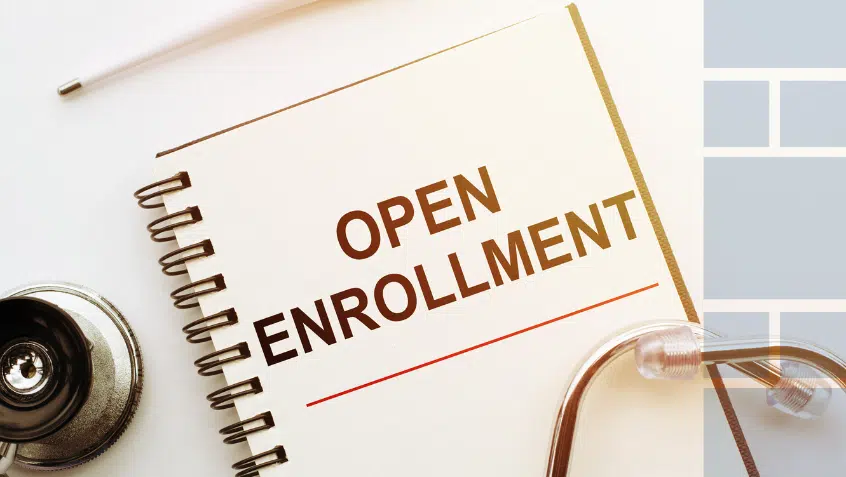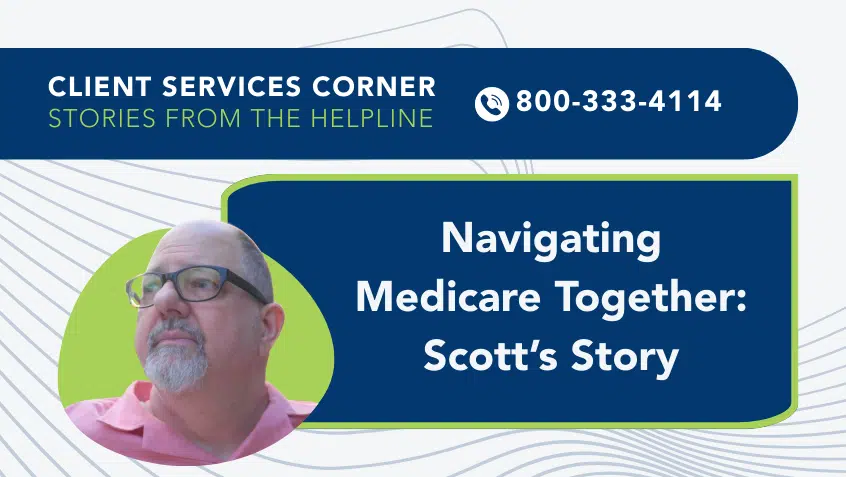Join Us Live for a Discussion on Medicare, Democracy, and the Future of Health Care
Medicare Trustees Project Longer Period of Solvency for Hospital Trust Fund

Late last week, the Medicare Trustees released their annual report on the financial status of Medicare’s trust funds, which they found has improved since last year in part because of lower-than-expected spending and, sadly, too many deaths among the Medicare population. The 2022 report projects that the Part A trust fund will be partially depleted in 2028, two years later than projected in last year’s report.
Each year, the Medicare Trustees must submit a report to Congress on the Medicare trust funds for Part A, the Hospital Insurance (HI) trust fund, which is primarily funded through payroll taxes. The partial depletion projection for the HI trust fund means that program income will sufficiently pay 90% of total benefits in 2028.
The report also addresses the Supplemental Medical Insurance (SMI) trust fund, which covers Part B and some of Part D. The SMI trust fund is financed through a combination of premiums and general revenue amounts that change each year to reflect projected spending. This means the SMI trust fund does not have the same funding pressure as the HI trust fund despite accounting for more Medicare spending.
The Trustees are careful to point out the uncertainties that are built into the 2022 report. For example, the COVID-19 pandemic continues to affect spending by causing people with Medicare to delay some care and by increasing other care, such as treatments and vaccines for COVID-19. Far too many people with Medicare also died because of the pandemic. While this may temporarily reduce some program spending, the Trustees project those effects to taper off by 2028.
The pandemic has affected Medicare income as well. Earlier in the pandemic, job loss caused declines in payroll taxes, but the economic recovery has led to higher tax revenue and related increased funding in more recent months. As a result, the HI trust fund has better solvency than earlier in the pandemic.
Despite this more optimistic financial forecast, policymakers should take steps to extend the HI trust fund by slowing cost growth, including in Medicare Advantage, and potentially raising revenues. However, efforts to fill the gap in Medicare Part A financing must not put the physical and financial health of people with Medicare at risk by cutting coverage or increasing out-of-pocket costs. Instead, Medicare should be modernized by lowering prescription drug prices and costs, filling gaps in coverage, and easing access to low-income assistance programs. These commonsense reforms would improve individual and systemic outcomes.
Show Comments
We welcome thoughtful, respectful discussion on our website. To maintain a safe and constructive environment, comments that include profanity or violent, threatening language will be hidden. We may ban commentors who repeatedly cross these guidelines.
Help Us Protect & Strengthen Medicare
Donate today and make a lasting impact
More than 67 million people rely on Medicare—but many still face barriers to the care they need. With your support, we provide free, unbiased help to people navigating Medicare and work across the country with federal and state advocates to protect Medicare’s future and address the needs of those it serves.
The Latest
Most Read
Add Medicare to Your Inbox
Sign up to receive Medicare news, policy developments, and other useful updates from the Medicare Rights.
View this profile on InstagramMedicare Rights Center (@medicarerights) • Instagram photos and videos









